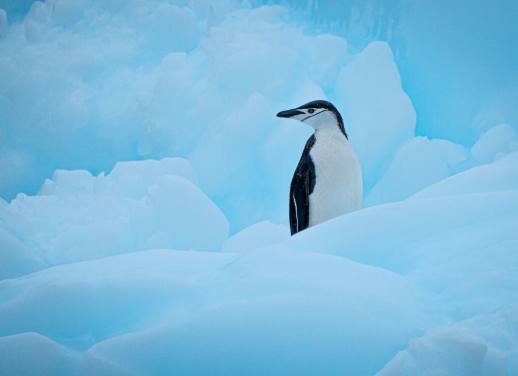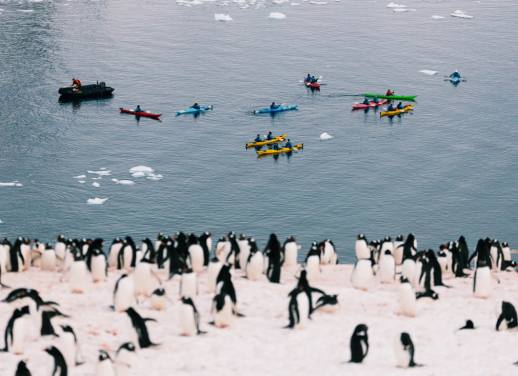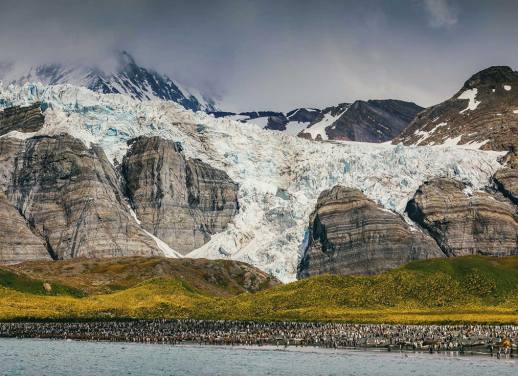Itching to know what an Antarctic voyage is like? Curious about what life is like aboard a polar vessel?
Here’s the lowdown on some of the most common questions people have about a journey down south. Warning: Reading this may cause extreme thirst for a trip to Antarctica. Proceed with caution.
Just how bad is the Drake Passage crossing?
Never has a stretch of water enjoyed such a loathsome reputation. While people travel great distances to float in the Dead Sea, the Drake Passage is a body of water merely tolerated by people who would quite frankly prefer to be someplace else. Chronically misunderstood, it’s no wonder the Drake Passage likes to shake things up every now and then!
For anyone crossing the Drake Passage, the good news is that it’s notoriously unpredictable, meaning you’ll get to enjoy a Russian Roulette-style crossing, depending on the weather. Some days the Drake Passage is so calm it’s dubbed the Drake Lake. Other times, furious squalls will set in, creating towering waves that look like CGI special effects in movies (but are in fact, very real). Either way, talk to your doctor before leaving and stock up seasickness medication, listen to instructions from your captain and crew, and don’t be afraid to lie down and listen to your favourite album on repeat until you’re through it. Trust us… it’s totally worth it.
How can I stay in contact with people back home?
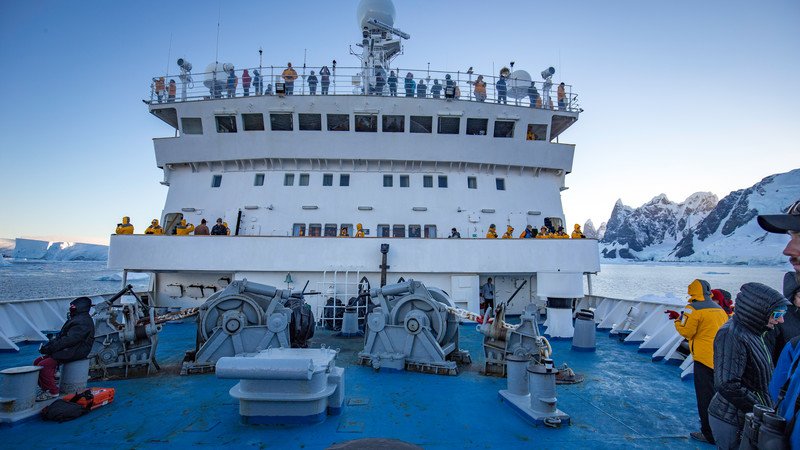
The internet is a wonderful thing, only enhanced by regular breaks from its pervasive pulling power. With no phone coverage and limited internet connectivity, Antarctica is an ideal place to disconnect for a while. Forget social media. Forget the news cycle. It will all be waiting back at home. Before heading south, simply let your nearest and dearest know where you’re going and they’ll totally understand that a period of radio silence is in action. Emergency calls can be placed and received via the ship’s satellite phone, so rest assured you’ll be kept in the loop if anything major happens back home.
Are there many people down there?
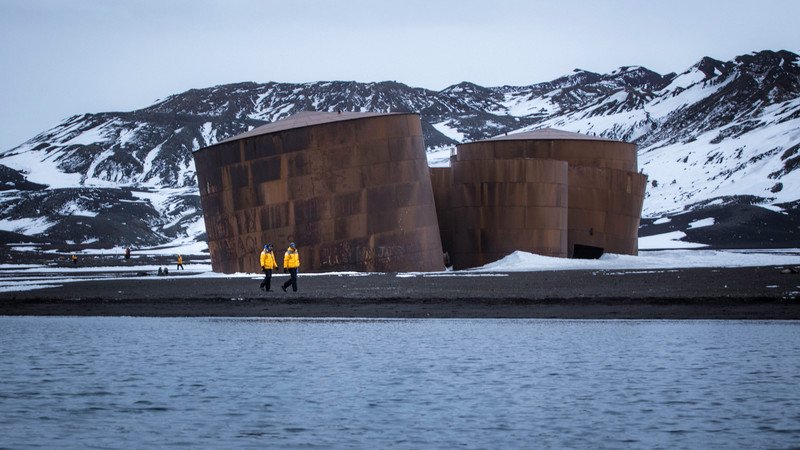
You may see other ships in Antarctica – anything from icebreaking polar vessels to tiny yachts that make you wonder how on earth they managed to get all the way down to the Antarctic Peninsula. If you stop at places like Port Lockroy and South Georgia Island you may also meet the caretakers. But otherwise, be prepared to have zero contact with anyone other than your shipmates and crew.
Just how cold does it get in Antarctica?
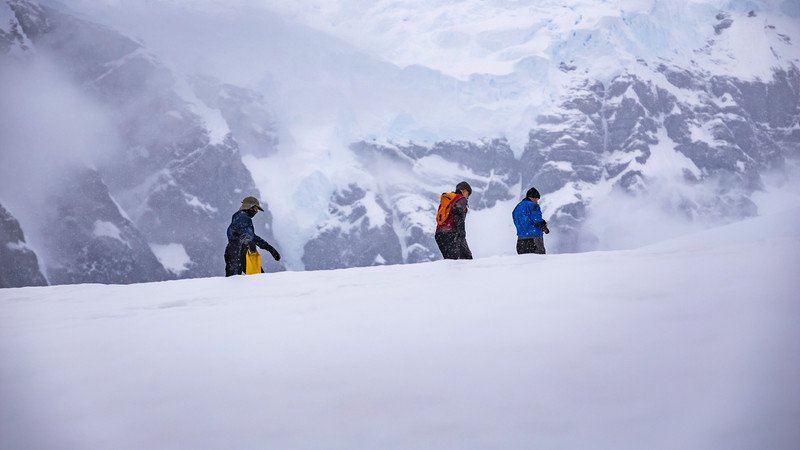
Your polar journey will be occurring during the Antarctic summer, which is infinitely more hospitable than the face-freezing, bone-chilling, soul-destroying Antarctic winter (spare a thought for the hardy scientists who hunker down for the winter at Antarctica’s research stations). During the summer, temperatures generally range from minus 20 degrees Celsius to 10 degrees Celsius, with the unpredictable wind chill factor creating a bit of havoc here and there. Generally, if you’re rugged up with a waterproof outer layer, thermal under layers, socks, gloves and a beanie, you shouldn’t get too cold when on deck or on shore. Inside the ship, you’ll be warm and comfortable in everyday clothing.
How close can I get to the wildlife?
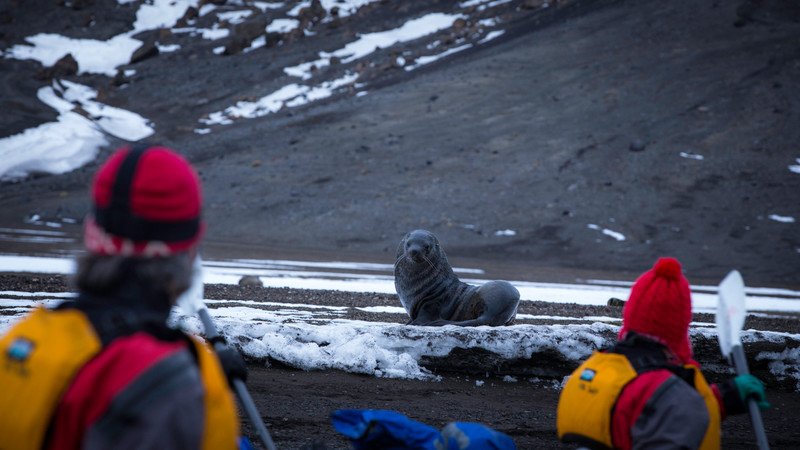
While it’s tempting to go in for a cuddle with the first penguin you see, keeping a respectful distance from Antarctic wildlife is key to a safe, low-impact journey (although sometimes you may find yourself in a position where the local wildlife don’t follow that rule – sneaky penguins and seals are the biggest culprits). All Intrepid trips keep a respectful distance from wildlife, as per our wildlife guidelines set out by the International Association of Antarctic Tour Operators (IAATO for short).
Do I have to worry about any hazards on land?
As a general rule, always follow instructions that come from the crew – they are there to ensure your safety so if they say an area is a no-go zone or a protocol must be followed, respect that information. Don’t be that person that thinks they know better (that person isn’t much fun to travel with).
While very uncommon, some Antarctic wildlife can bite if cornered or threatened, which is why it’s important to keep a distance from all animals at all times. That seal snoring in the snow might look cute, but it’s also capable of defending itself – so best to leave it be and watch with wide-eyed wonder.
When it comes to bio-security, the most important precaution to take is to protect the environment against foreign diseases and pests. Washing your boots after every shore excursion ensures that contamination isn’t carried from area-to-area around Antarctica. Your ship’s crew will remind you of this and provide ways to clean and scrub your boots and clothing after shore excursions.
Can you see much from the ship?
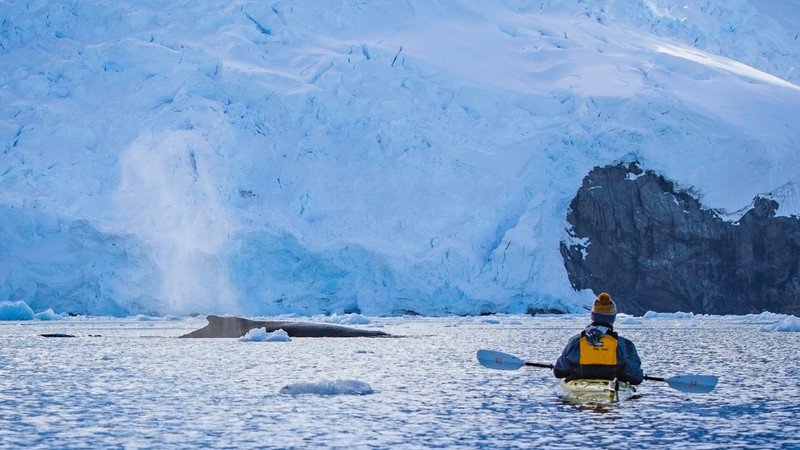
Orcas swimming in pods, humpback whales feeding on krill, leopard seals chasing penguins, Weddell seals lounging on drift ice, albatross carving up the air with their epic wingspan, Antarctic petrels dipping and diving above the frothy waves, and strangely misshapen surrealist icebergs gliding by on a journey to who knows where – these are but a few things you can expect to see from the deck of your ship.
What will I eat while down there?
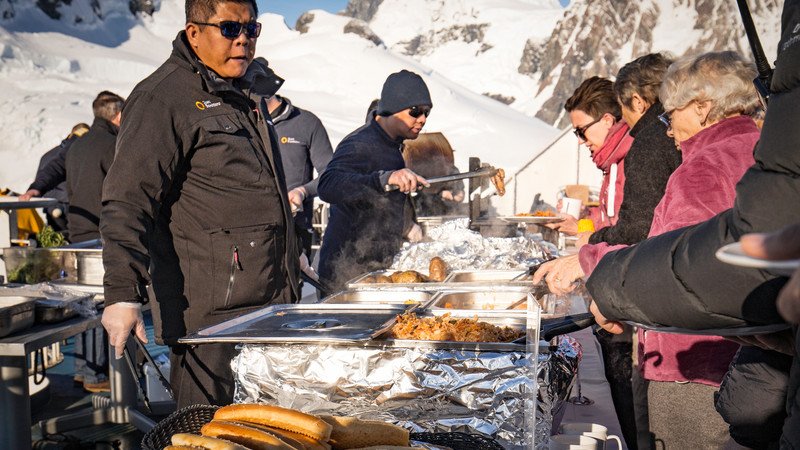
Polar expeditions have changed dramatically since the days when Antarctic explorers subsisted on a diet of animal fat, tobacco and hard biscuits. These days, breakfast, lunch and dinner are served on-board, so you definitely won’t go hungry. The dining room on the Ocean Endeavour has floor-to-ceiling windows, so you can watch icebergs float past while you tuck into an a la carte dinner.
Can I bring a piece of Antarctica home with me?
Absolutely not. Leaving no trace is paramount – so leave all rocks, soil, whale bone fragments and baby penguins where they are.
Who else will be on the ship?
Apart from a crew of hardy, Antarctica-obsessed professionals, an Antarctic voyage typically has a broad mix of folk all united by their quest to see the great white wonder of Antarctica. Expect to share a ship with everyone from sprightly seniors to binocular-wielding bird nerds, loved-up honeymooners, and corporate types thirsting for a solo adventure. From Switzerland to Korea, Canada, Australia, South Africa and beyond – people of all ages, from all walks of life, from all over the world can not resist the magnetic pull of the south. Antarctica is perfect for solo travellers, too. Many explorers choose to go solo, and it’s easy to strike up conversations at the bar when you’ve been out looking at penguins all day.
I’ve never been on a cruise before, will I get bored on the ship?
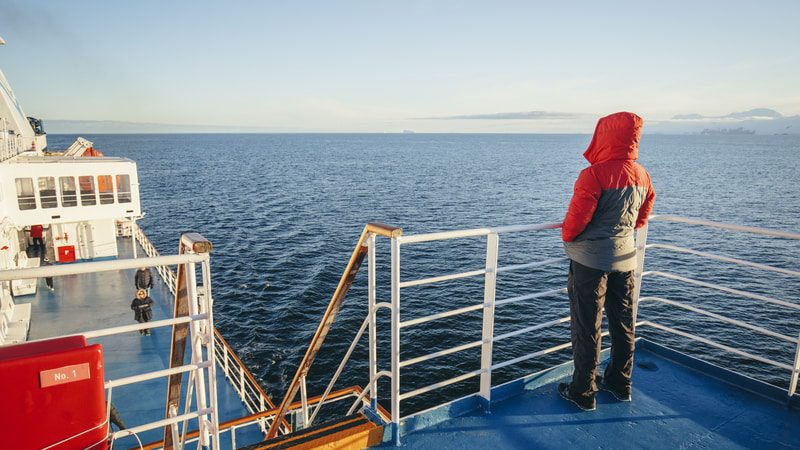
One thing many people say after returning from Antarctica is that there are never enough hours in the day to soak it all up. Watching penguins on shore excursions, kayaking past icebergs, photographing whales from the deck, chatting with other passengers over dinner, learning more about the crew over breakfast, reading books from the on-board library and listening to lectures about the region – boredom doesn’t stand a chance of rearing its head.
What should I pack for an Antarctic voyage?
Apart from a sense of adventure, this packing list has all your Antarctic essentials covered.
I need to get there. How do I make it happen?
Save your pennies. Apply for annual leave. Book a trip. Make everyone else insanely jealous. Experience the glory of Antarctica. Start scoping out your Antarctic adventure here and now.


